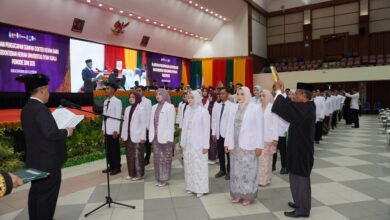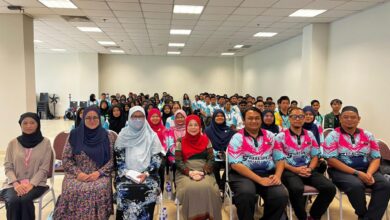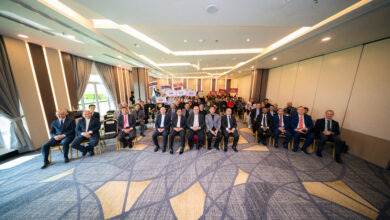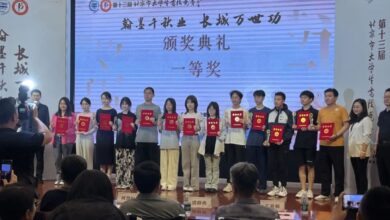Students with special educational needs struggle with transition to higher education
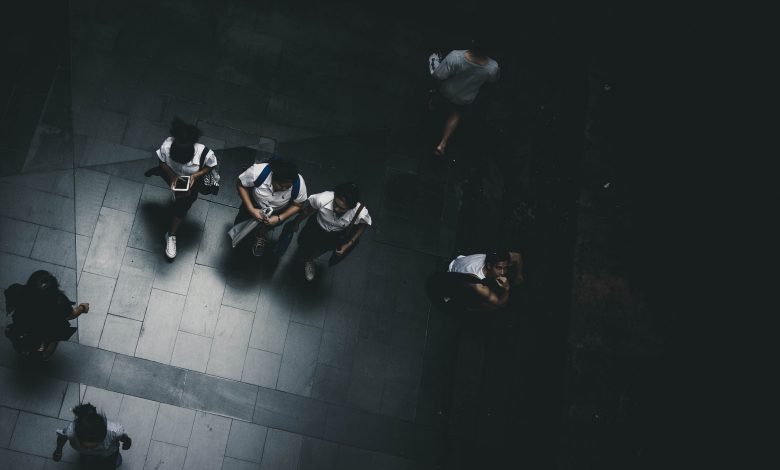
SINGAPORE – Students with special needs such as dyslexia and autism often find it tough to make the transition to university, said experts.
They were speaking to The Straits Times about gaps for special needs students in higher education settings who do not receive as much support as those in primary and secondary schools.
Special needs students struggle with skills such as time management and prioritisation, which are crucial at the tertiary level, they added.
Ms Alina Chua, principal autism consultant at autism-focused Pathlight School, said autistic students have difficulty familiarising themselves with the different course structures and modes of assessment for each module.
They also have problems getting from one class to another on time and coping with last-minute lesson changes in locations.
Last month (July), the Ministry of Education (MOE) launched a new vocational education syllabus for special education (Sped) schools that will emphasise the teaching of soft skills to prepare Sped students for work.
About 450 students graduate from Sped schools each year, with around half of them either getting jobs or progressing to institutes of higher learning (IHLs), said the ministry.
Students with special educational needs make up about 3 per cent of the full-time student population in IHLs over the past three years, according to MOE estimates.
The ministry said each IHL has a special educational needs support office which can be tapped for support from pre-enrolment.
It added that IHL educators are trained to teach such students, while support officers advise students as well as educators on how to develop intervention plans and monitor those who require closer support.
To read more: TheStraitsTimes

